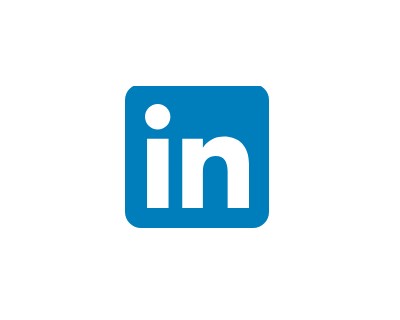
Professional Networking Through LinkedIn
Your LinkedIn profile is your professional calling card and resume online. LinkedIn is based on the premise that anyone you’d like to meet is less than six degrees away from you based on who you already know. Connecting with people you actually know on LinkedIn is the basis for a more fruitful use of the network.
LinkedIn calculates the closeness of your Connections and of other people on LinkedIn based on the number of degrees away from you ranging from one to three degrees:
- 1st degree means they are your immediate connection.
- 2nd degree means they are someone who is connected to one of your connections.
- 3rd degree refers to someone who is connected to someone else who is connected with you.
- Out of Network are people who are more than three degrees away from you.
LinkedIn allows you to contact people who are not in your network through a premium feature called InMail.
You can add people to your LinkedIn Connections using your email address book or searching and finding them on the network. Connections could be your team members, clients, vendors, and others you’ve met in professional settings. If you don’t have a solid base of people who you know professionally in your Connections, you won’t be able to network as effectively.
When you view someone else’s profile on LinkedIn, you will see suggestions for other people to follow on the right side of the page including “More profiles for you,” “Explore Premium profiles,” and “People you may know.” LinkedIn automatically culls potential connections you might know by pulling from your first-degree connections or from connections of the person whose profile you’re viewing.
Be mindful when sending out an invitation to connect with people you don’t actually know. Explain in your request why you’d like to connect with them.
If you want to see who has viewed your own profile, you’ll need a paid LinkedIn Premium account. Seeing who is viewing your profile could give you insights into potential partnerships or leads.
Networking through LinkedIn is most productive when you take a more active stance. Here are several ways to strengthen your Connections on LinkedIn:
- Post valuable, useful information through your profile updates – and not just about you, but interesting things relevant to what you do, your industry, or community.
- Pass along introductions when someone you know wants to connect with another of your trusted Connections.
- Make connections between your Connections who you think should meet for business partnerships or other professional opportunities.
- Recommend or endorse your Connections.
Another way to expand your LinkedIn network is to conduct searches for people’s names, titles, companies, locations, industries, relationships, or even the schools they’ve attended. Use LinkedIn’s advanced search function to find either people you may know who are also on the network or people who may have something in common with you, such as attending the same university.
While it may seem like a good idea to review your connections’ connections and immediately extend an invitation to connect, it is better to ask for an introduction. Look for meaningful ways to connect with others rather than spamming people.
A helpful feature on LinkedIn lets you request introductions to people you don’t yet know through your first-degree Connections who do know them. Compose a message to your contact along with a message to the person you’d like to meet. All messages are then forwarded to your Connection. They can opt to forward your introduction further to their Connection until it reaches who you’d like to meet. Keep in mind that if someone along the way doesn’t know the referrer of the message, they will be less likely to pass it on.
Building a strong network – even on a professional social networking site – takes time to cultivate, particularly if you are looking to do business where credibility and trust are key. LinkedIn provides powerful tools for business networking, but the way you use them can make or break your networking success.

 How AI Can Help Your Business
How AI Can Help Your Business